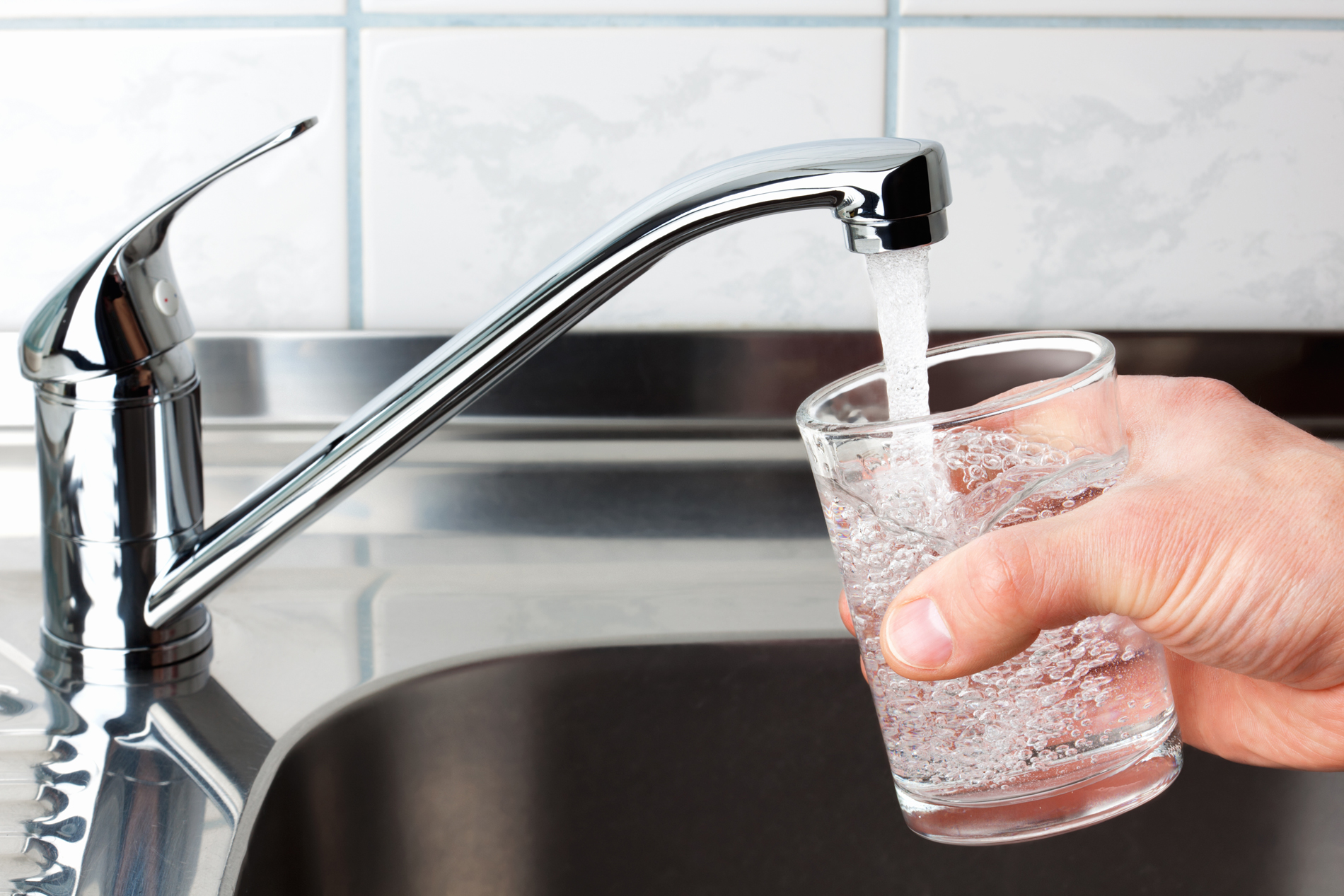Water Quality in the Metro Region
Could the Flint water crisis happen in the Richmond area?

The recent water crisis in Flint, Michigan, continues to prompt concern about the quality of drinking water in other areas of the country. This begs the question: Could something to that extent happen here in the metro Richmond area?
“What happened in Flint should never have happened,” says Chesterfield County’s director of utilities, George B. Hayes. “They have an old system that has lead service lines and piping. Their distribution system switched and they didn’t adequately treat that water.”
Richmond-area residents don’t have to worry about distribution issues. The City of Richmond gets its water from the James River, something it’s been doing for decades. Chesterfield, Hanover and Henrico counties buy a portion of their water from the city as well. “We buy 12 to 15 million gallons a day from the city,” says Bill Mawyer, assistant director of public utilities for Henrico. “We also get about 25 million gallons a day from Henrico’s state-of-the-art water treatment plant.”
Chesterfield also gets water from its Addison-Evans Water Production and Laboratory Facility located on Swift Creek Reservoir and from Lake Chesdin. Hanover additionally gets water from the Henrico County water treatment plant and the North Anna River via the Doswell Water Treatment Plant.
Each locality is proactive when it comes to maintaining good quality water, testing for lead every three years through water samples at various locations. They all must comply with the requirements outlined in the Environmental Protection Agency’s (EPA) Lead and Copper Rule, which focuses on treatment techniques for lead and requires water systems to control how corrosive the water is.
You can find out about the water quality where you live by going to the website for each locality’s public utility department and searching for the annual Consumer Confidence Report for water quality.
When it comes to the issue of older lead water lines, the Department of Public Utilities in Richmond continues its work to replace publicly owned lead service water lines. To date half of the approximately 14,000 total lead pipe service lines in the city have been replaced, but until all of those have been replaced, the city is treating, testing and monitoring the water to prevent lead from leaching from the pipes into the tap water.
In Hanover, where there are far fewer lead pipes, “Lead is being worked out of the system,” says the county’s director of public utilities, Steven Herzog.
Neither Henrico nor Chesterfield has any lead service pipes that they are aware of. “In 1980 we did have lead lines in Ettrick, but we actively replaced those. If we find any, we replace them,” says Hayes, who notes the county has never exceeded any Safe Drinking Water Act primary maximum contaminant level. “There are only a handful of utilities in the nation that can say that.”
Richmond residents can “have confidence in the safety of the water that is delivered to their home,” says Angela Fountain, public information manager for the city’s Department of Public Utilities. “We have always been committed to providing safe drinking water.”
Lead in the water is not just an issue related to localities, it is also a property owner issue. Homes built prior to 1986, when the use of lead solder was banned in the U.S., “have a greater likelihood of having lead components in their water lines,” says Fountain.
If you are concerned about the possibility of lead in your drinking water at home, flush the taps by letting the water run for at least 60 seconds. You can also check with your locality to see if it offers free in-home testing (several do) or have a private lab analyze your water.


